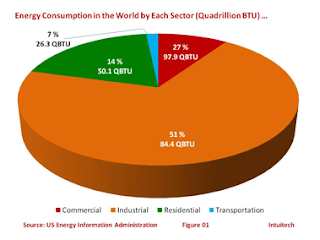Community Reintegration
One of the drivers for a coordinated approach to information is the drive for community reintegration of people within the justice, mental health and social services systems. The concept behind community reintegration is to work within the community to integrate these disadvantaged individuals into society as much as possible as a socialization model of health. It is thought that through involving disadvantaged people within the community as “members” and avoid the traditional ostracizing, they will achieve greater self esteem and will become more productive members. In general, this approach has the potential for success and is a compassionate response to difficult issues for many people, but as is generally typical of government, the traditional policy implementers, there are not enough resources put into the system to help enough people over a long enough period of time to have as great an effect as is possible, in fact, great numbers of people fall through the cracks and become further victimized by street involvements and the pecking order of the street life. A criticism of community integration would be that we de-institutionalized the system by dumping the mentally ill onto the streets and said “go forth and fit it.”
It is not only the mentally ill who suffer from poorly funded government policies of community reintegration, but so do correctional cases, the developmentally disabled and social services clients.

Comments